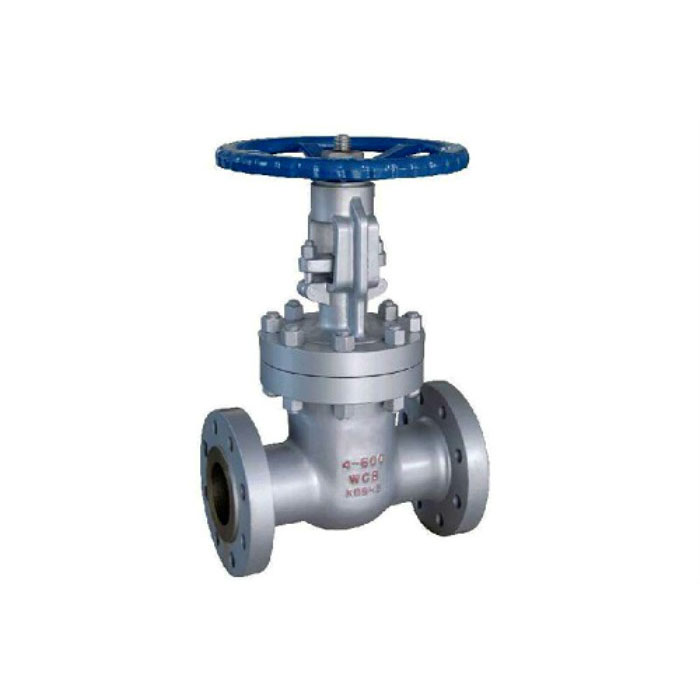What is the movement mode of gate valve?

When the gate valve is closed, the sealing surface can be sealed only by the medium pressure. Specifically speaking, the sealing surface of the wedge is pressed against the valve seat of the other side only by the medium pressure to ensure the sealing of the sealing surface, which is self-sealing. Most of the gate valves are forced to seal, that is, when the valve is closed, the external force is forced to press the gate to the valve seat to ensure the sealing of the sealing surface.
So what is specific movement mode of gate valve?
The wedge of the gate valve moves linearly with the valve stem, also called rising stem gate valve. Usually, trapezoidal threads are provided on the lifting rod, and the rotary motion is changed into a linear motion by the nut at the top end of the valve and the guide groove on the valve body, that is, the operating torque is changed to the operating thrust. During the opening, when the lifting height of the wedge is equal to 1:1 times the diameter of the valve, the passage of the fluid is completely unblocked, but this position cannot be monitored during operation. In actual use, the apex of the valve stem is used as a mark of the position where the valve can’t be opened, as its fully open position.
In order to consider locking issue of the temperature change, it is usually turned on to the apex position and then back to 1/2-1 turn as the position of the fully open valve. Therefore, the full open position of the valve is determined according to the position of the wedge (ie, stroke).
In case of non rising stem gate valves, gate valve stem nut is set on the wedge, and the rotation of the hand wheel drives the valve stem to rotate, so that the gate is lifted.